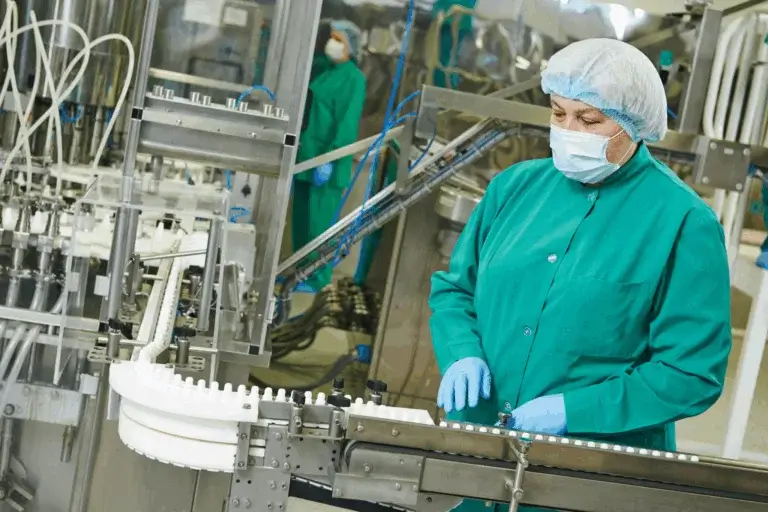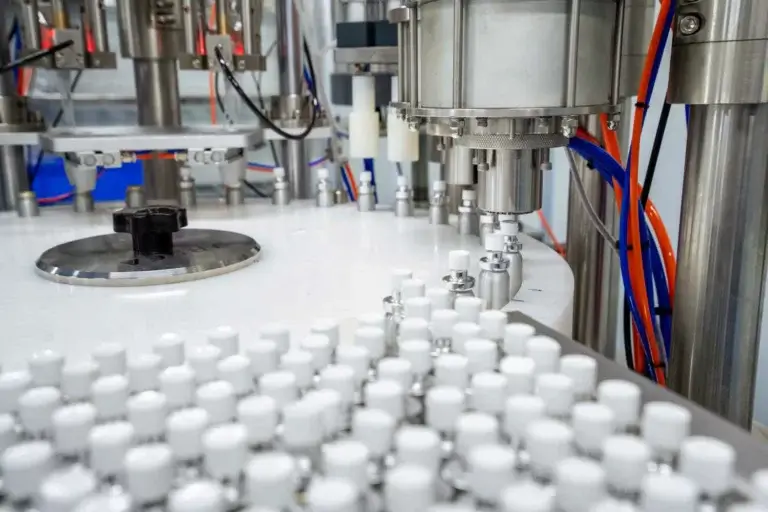Introduction
THE blood pressure monitors armband are self-diagnostic devices essential for monitoring and diagnosis of cardiovascular diseases. As apharmaceutical factory agent, it is crucial to master the use of these devices and the best practices for their storage and order management. This guide offers a complete overview of the use of blood pressure monitors, conditions of storage And inventory management strategies for the pharmaceutical groups and laboratories.
Using blood pressure monitors
Types of blood pressure monitors
- Manual blood pressure monitors :
- Components : Pressure gauge, cuff, inflation bulb, stethoscope.
- Use : For clinical use by trained professionals.
- Automatic blood pressure monitors :
- Components : Digital screen, cuff, integrated pump.
- Use : Suitable for home and clinical use, easy to use.
How to use it
- Preparation :
- Ensure the patient has been at rest for at least 5 minutes.
- Position the patient's arm at heart height.
- Installing the cuff :
- Wrap the cuff around the upper arm, 2-3 cm above the elbow.
- Tighten firmly without over-compressing.
- Measure :
- Manual : Inflate the cuff using the bulb until blood circulation be interrupted (about 180 mmHg), then slowly release and listen for arterial sounds using the stethoscope.
- Automatic : Press the start button, the device will automatically inflate the cuff and display the results.
- Interpretation of results :
- Note the systolic (first sound) and diastolic (last sound) pressure.
- Normal results are usually around 120/80 mmHg.
Storage of blood pressure monitors
General storage conditions
To ensure longevity and accuracy of the blood pressure monitors, follow these storage conditions:
- Temperature : Maintain a stable room temperature, between 15°C and 25°C.
- Humidity : Keep the devices in a dry environment, with a relative humidity between 30% and 70%.
- Protection Against Light : Store the blood pressure monitors away from direct sunlight to avoid component degradation.
- Cleanliness : Make sure the storage space is clean and dust-free.
Inventory management
- Stock Rotation : Use the FIFO (First In, First Out) method to prevent devices from remaining in stock for too long.
- Quality Control : Carry out regular checks to ensure that the blood pressure monitors are working properly and have not suffered any damage.
- Product Registration : Keep a detailed record of stock entries and exits, including serial numbers and receipt dates.
Specific conditions
Certain specificities must be taken into account depending on the type of blood pressure monitor :
- Manual blood pressure monitors :
- Store stethoscopes separately to avoid crushing or damage.
- Check the pressure gauge calibration regularly.
- Automatic blood pressure monitors :
- Make sure the batteries are removed if the devices are not going to be used for a long period of time.
- Store devices in their original boxes for optimal protection.
Order management for pharmaceutical groups and laboratories
Centralization of orders
Pharmaceutical groups can optimize order management by centralizing processes:
- Centralized Control Systems : Use computer systems to centralize orders member pharmacies.
- Price Negotiation : Take advantage of the large volume of orders to negotiate better rates with suppliers.
Delivery conditions
- Securing Deliveries : Make sure that the blood pressure monitors are well packaged and protected during transport.
- Shipment Tracking : Use tracking services to ensure on-time delivery of orders.
Training and support
- Training of Pharmacists : Offer training sessions on the use and maintenance of blood pressure monitors.
- Technical Support : Establish a technical support service to answer questions and resolve problems related to blood pressure monitors.
Conclusion
THE blood pressure monitors are essential tools for the monitoring of cardiovascular health. For pharmaceutical wholesalers, efficient inventory and order management is essential to ensure the availability of these devices to pharmacies And health professionals. By following the recommendations in this guide, pharmaceutical groups can provide quality service, optimize their stocks and contribute to public health.






